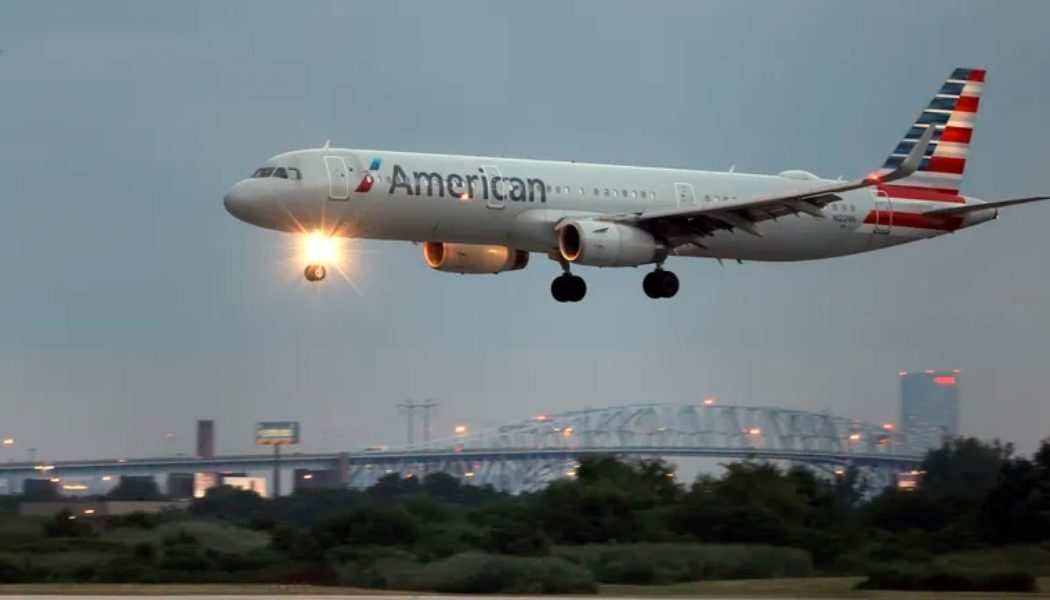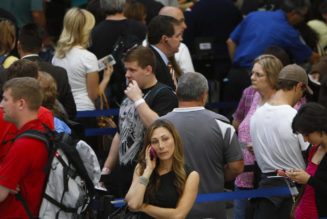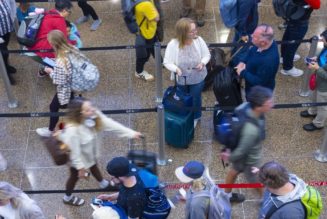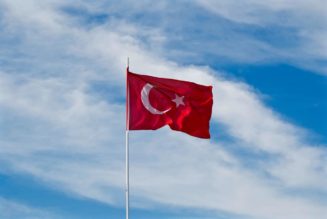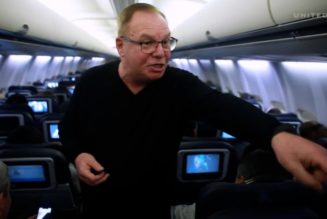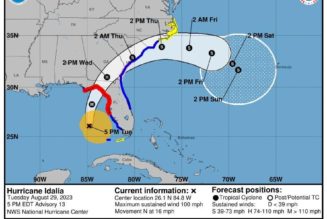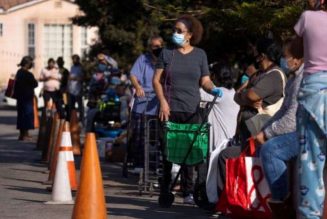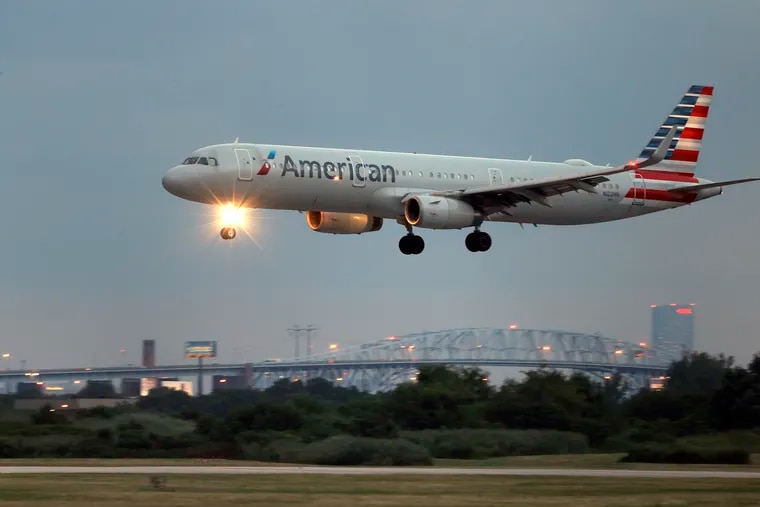
American Airlines, a large employer at Philadelphia International Airport, is shifting how it manages corporate travel.
The company, which operates out of five of PHL’s seven terminals, saw 30% of its revenue come from business travel at the beginning of this year, down from 40% in 2019, according to reporting from the Wall Street Journal.
The company is changing how business travelers book flights and has cut 40% of the 350–person sales team that deals with agents and corporate partners.
“In the past, customers who booked travel through third-party distribution partners may have had subpar booking and travel management experiences with limited access to fares and packages,” reads a note on American Airline’s website.
American is implementing new technology that will more seamlessly allow customers to book travel, choose seats, and make changes. They’re also cutting down on flights along some travel routes known for business day trips. Those include flights from New York to Chicago and Boston to Washington, D.C.
It’s too early to say how Americans’ shift in business travel will affect Philadelphia.
Evolving travelers at PHL
About 30% of the flights out of PHL today are business travel. At one point, Philadelphia had about 55% business travel and 45% leisure travel, said Jim Tyrrell, chief revenue officer of the Philadelphia Airport. That has shifted significantly over the years.
“The road warriors aren’t back. You know, those people who were leaving on Mondays coming back on Thursdays, they’re just not here today,” said Tyrrell.
Instead, people are mixing business with leisure, maybe booking an extra day at the hotel where they attended a work conference. Tyrrell and his team have been able to gather this information by paying attention to parking trends at the airport.
Pre-pandemic, cars were parked in PHL lots for an average of three days. Now the average is 4.5 days.
“When you think about who parks in our garages — because it’s a premium-priced product, as opposed to an economy parking lot or off-airport parking lot, where you see most of your leisure travelers park — they’re the business guys,” said Tyrrell.
The state of air travel
Philadelphia International Airport is doing about 80% of the travel it did pre-pandemic with about 350 flights a day, Tyrrell said. That compares to about 500 flights a day 10 years ago, and around 430 in 2019.
As a major carrier for the airport, American flies to around 109 destinations from PHL, with 84 domestic destinations and 25 international ones.
The pandemic was an opportunity for airlines, including American, to change how they operate. Some companies retired old aircrafts that were less cost efficient and replaced them with newer planes. American retired most of their large wide-body A330s and their older 767s and 757s, said Tyrrell. Not all of the retired planes were replaced.
In addition to having fewer planes, many airlines also face staffing shortages. According to management consulting firm Oliver Wyman, the U.S. aviation industry is facing a deficit of about 8,000 pilots, or 11% of the total workforce.
“The aviation industry is still recovering from the effects of the pandemic, not necessarily just the downturn in business, but also some of the steps that were taken during the pandemic to help them survive,” said Tyrrell.
While airlines figure out how to get back up to speed, demand for business travel is not going away in Philadelphia.
“Philadelphia is really lucky because we’re not only the home to many Fortune 500 companies, but we also have a lot of small midsize businesses who depend on that face-to-face client business model,” said Tyrrell.
While some of those employees might have flown with other airlines in the past, Tyrrell said those people might choose to fly American today because of this change in the way the company manages corporate travel.
“I don’t think anybody knows yet” whether American’s change will have an impact on PHL, Tyrrell said. “But, you know, we certainly hope American is right.”
